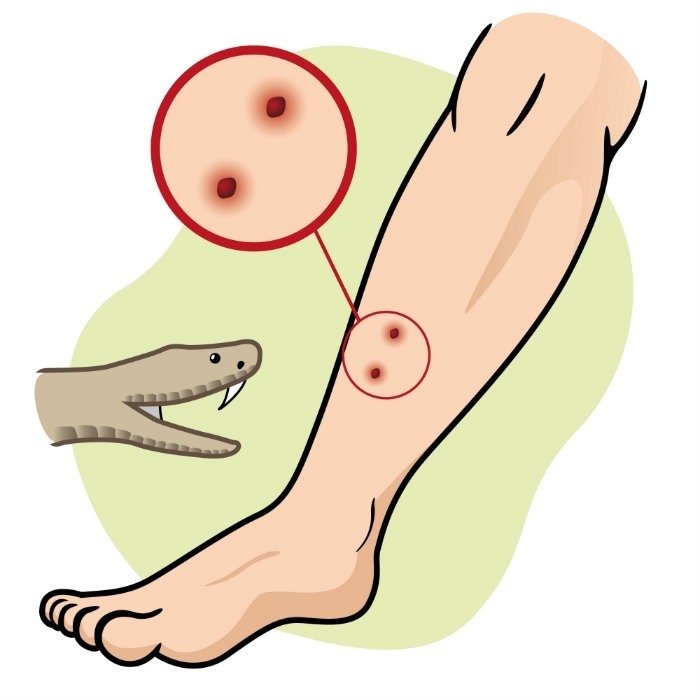How To Survive Field Injuries – From Snake Bites To Sore Teeth

Make sure to like Living Green and Frugally on Facebook, Shop at Amazon to help support my site and explore our PINTEREST BOARDS for innovative ways you can become self-sufficient.
Field injuries can occur in various settings, such as hiking in remote areas, camping, or even during adventurous travels. These injuries range from minor cuts and bruises to more severe conditions like fractures or snake bites.
Knowing how to handle these situations can mean the difference between life and death. This guide provides detailed information and practical tips on how to survive field injuries.
Assessing the Situation
Stay Calm
The first step in any emergency is to stay calm. Panic can cloud judgment and lead to poor decision-making. Take a few deep breaths and assess the situation rationally.
Evaluate the Injury
Determine the severity of the injury. Is it life-threatening, or is it a minor issue that can be managed until help arrives? Check for the following:
- Consciousness: Is the person awake and responsive?
- Breathing: Is the person breathing normally?
- Bleeding: Is there any severe bleeding?
- Pain: Where is the pain located, and how severe is it?
View this post on Instagram
Basic First Aid Techniques
Controlling Bleeding
For severe bleeding, apply direct pressure to the wound with a clean cloth or bandage. If the bleeding does not stop, consider using a tourniquet, but only as a last resort and with proper knowledge of its application to avoid further damage.
Cleaning Wounds
Clean wounds with clean water to remove dirt and debris. Avoid using unsterilized water from lakes or rivers. If you have a first aid kit, use antiseptic wipes or solutions to disinfect the area.
Immobilizing Fractures
For suspected fractures, immobilize the injured area to prevent further damage. Use splints made from sturdy materials like sticks, and secure them with bandages or clothing. Avoid moving the injured person unless absolutely necessary.
Treating Burns
For minor burns, cool the affected area with running water for at least 10 minutes. Do not use ice, as it can cause further damage. Cover the burn with a sterile dressing or clean cloth. For severe burns, seek medical help immediately.
Dealing with Specific Injuries
Snake Bites
If bitten by a snake, try to remain as still as possible to slow the spread of venom. Keep the bitten limb at or below the level of the heart. Avoid applying ice or a tourniquet. Seek medical help immediately and try to remember the snake’s appearance for identification.
Heat Exhaustion and Heat Stroke
Move to a cooler area and hydrate with water or electrolyte solutions. For heat stroke, which is more severe, cool the person with wet cloths and seek immediate medical help.
View this post on Instagram
Hypothermia
Gradually warm the person by moving them to a shelter, removing wet clothing, and covering them with blankets. Offer warm (not hot) drinks if the person is conscious.
Altitude Sickness
Descend to a lower altitude as quickly as possible. Keep the person hydrated and rested. If symptoms persist, seek medical help immediately.
Using Field Resources
Improvised Bandages
In the absence of a first aid kit, use clean clothing or other available materials as bandages. Ensure they are as clean as possible to prevent infection.
Splints and Supports
Use sturdy sticks, tent poles, or other rigid items to create splints for immobilizing fractures. Secure them with belts, shoelaces, or strips of clothing.
Water Purification
If you need to clean wounds and only have access to natural water sources, boil the water for at least one minute to kill pathogens. Alternatively, use water purification tablets if available.
View this post on Instagram
Communication and Evacuation
Signaling for Help
Use a whistle, mirror, or flashlight to signal for help. Three short bursts or flashes are recognized as a distress signal. If you have a cell phone with service, call emergency services and provide your location.
Creating a Shelter
If evacuation is delayed, create a shelter to protect yourself from the elements. Use available materials like branches, leaves, and tarps. A well-constructed shelter can prevent hypothermia and other exposure-related conditions.
Navigation
If you need to move to find help, use a map and compass, or GPS device if available. Mark your starting point and try to stick to well-known paths or landmarks to avoid getting lost.
Conclusion
Surviving field injuries requires a combination of calm assessment, basic first aid knowledge, and resourcefulness. Always carry a well-stocked first aid kit, learn fundamental survival skills, and be prepared for the unexpected. By following the guidelines in this article, you can significantly increase your chances of managing injuries effectively and ensuring safety in the great outdoors.